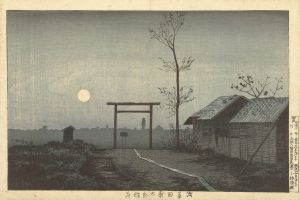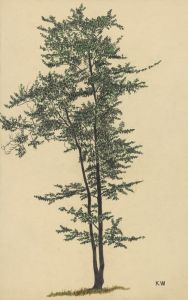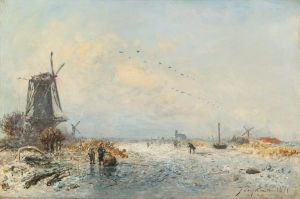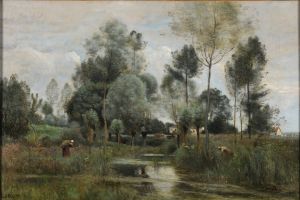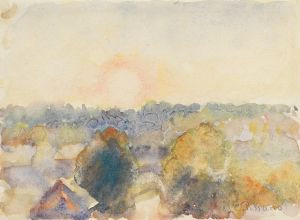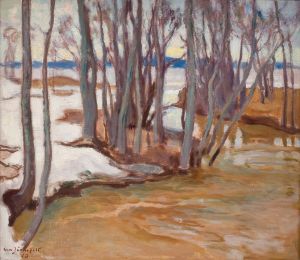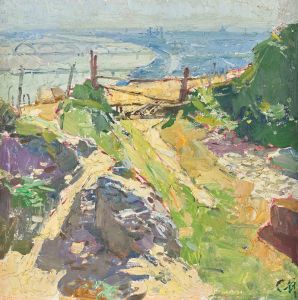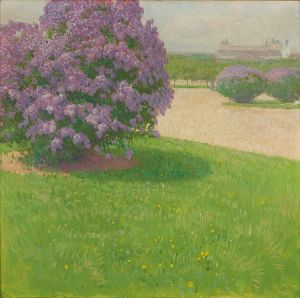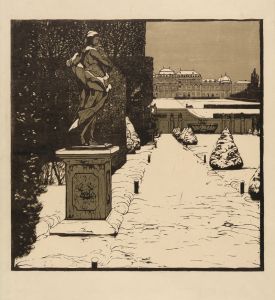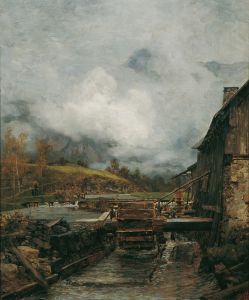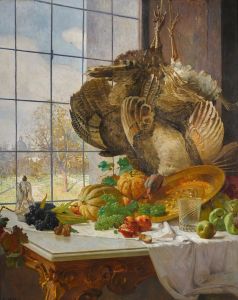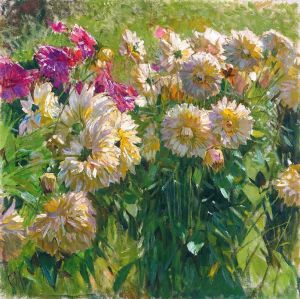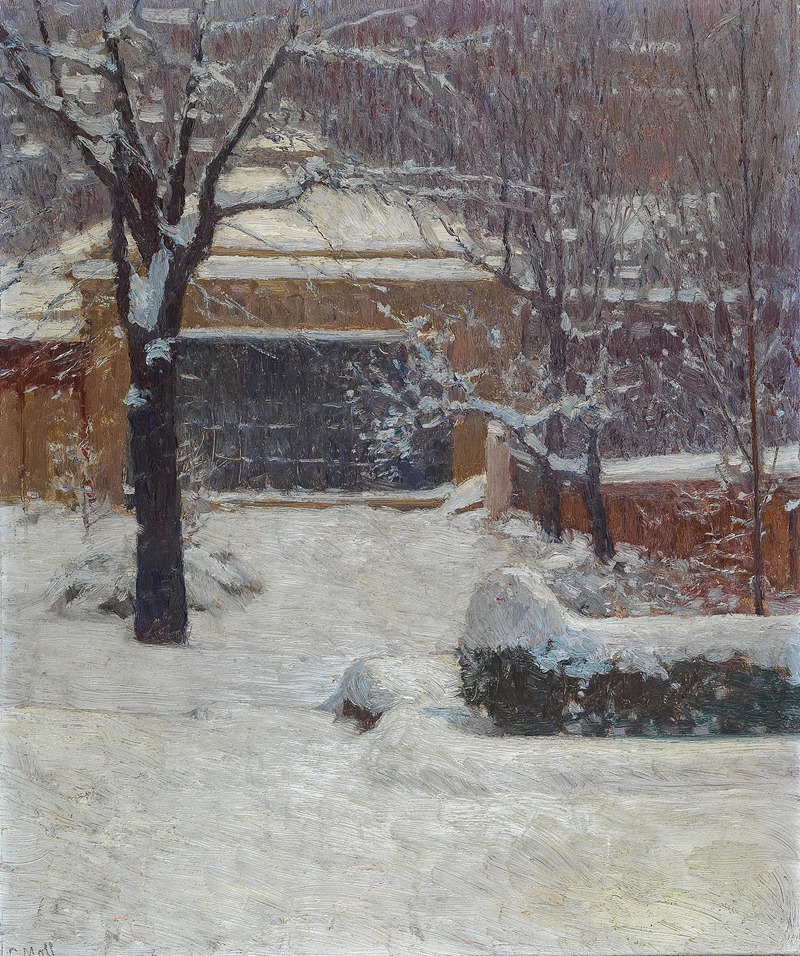
Winter at Hohe Warte, Rothschild Gardens
A hand-painted replica of Carl Moll’s masterpiece Winter at Hohe Warte, Rothschild Gardens, meticulously crafted by professional artists to capture the true essence of the original. Each piece is created with museum-quality canvas and rare mineral pigments, carefully painted by experienced artists with delicate brushstrokes and rich, layered colors to perfectly recreate the texture of the original artwork. Unlike machine-printed reproductions, this hand-painted version brings the painting to life, infused with the artist’s emotions and skill in every stroke. Whether for personal collection or home decoration, it instantly elevates the artistic atmosphere of any space.
"Winter at Hohe Warte, Rothschild Gardens" is a painting by the Austrian artist Carl Moll, created in 1903. Carl Moll was a prominent figure in the Viennese art scene and a co-founder of the Vienna Secession, an art movement that sought to break away from the traditional academic art of the time and embrace new, modernist approaches.
The painting depicts a serene winter scene at the Hohe Warte, an area in Vienna known for its picturesque landscapes and affluent residences. The Rothschild Gardens, part of the estate owned by the wealthy Rothschild family, serve as the backdrop for this artwork. Moll's attention to detail and his ability to capture the quiet beauty of a snow-covered landscape are evident in this piece.
In "Winter at Hohe Warte, Rothschild Gardens," Moll employs a muted color palette dominated by whites and grays, which effectively conveys the cold, tranquil atmosphere of winter. The composition is carefully balanced, with the snow-covered trees and ground creating a sense of stillness and calm. Moll's brushwork is delicate and precise, capturing the intricate details of the winter scene, from the texture of the snow to the bare branches of the trees.
Carl Moll's work is often associated with the Vienna Secession's emphasis on exploring new artistic styles and techniques. His paintings frequently reflect a blend of realism and impressionism, characterized by a focus on light, color, and atmosphere. "Winter at Hohe Warte, Rothschild Gardens" exemplifies these qualities, showcasing Moll's skill in rendering natural scenes with a sense of mood and emotion.
The painting is also notable for its historical context. The early 20th century was a period of significant cultural and artistic development in Vienna, with the Vienna Secession playing a crucial role in shaping the city's artistic landscape. Moll, along with other members of the Secession such as Gustav Klimt and Koloman Moser, sought to challenge traditional artistic conventions and promote innovative approaches to art.
"Winter at Hohe Warte, Rothschild Gardens" is a testament to Moll's artistic vision and his ability to capture the essence of a specific moment in time. The painting remains an important example of early 20th-century Viennese art and continues to be appreciated for its beauty and technical mastery.
Today, Carl Moll's works are held in various public and private collections, and his contributions to the Vienna Secession and the broader art world are widely recognized. "Winter at Hohe Warte, Rothschild Gardens" stands as a significant piece within his oeuvre, reflecting both his personal style and the broader artistic trends of his time.





